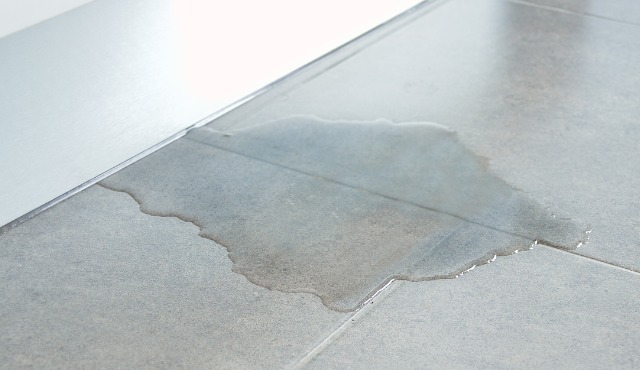By Lizzie Weakley
Slab leaks are one of the most common and dreaded plumbing issues, but luckily they don’t have to be a cause for panic. If you know what to look for and how to go about fixing it, slab leaks can be a fairly straightforward issue to repair. This blog post will discuss what slab leaks are, why detecting them is important, and how to go about finding and repairing them.
What Is a Slab Leak?
Put simply, a slab leak is any water or sewer line that has been damaged beneath the foundation of your home. The damage could be due to age—slab leaks tend to happen in older homes—or from shifting ground or soil changes due to weather or construction nearby. The damage can be minor or severe; either way, early detection is key when it comes to stopping the potential for further damage and costly repairs.
How Do I Detect a Slab Leak?
There are several signs of a potential slab leak that homeowners should look out for, such as unexplained higher water bills or hot spots on the floor—the heat could indicate that there is a hot water line leaking below the surface. Other signs include noises coming from drains or pipes (this could indicate air escaping from the pipe), wet patches on the floor around the walls and baseboards, mold growth indicating trapped moisture in walls, ceilings or carpets, cracks in your foundation walls or floors, and/or an excessively damp crawl space underpinning your house.
How Do I Repair a Slab Leak?
The repair process will depend on where exactly the leak is located in relation to your foundation slab as well as its severity. For minor issues inside your home (i.e., beneath your flooring), replacing the affected pipes may be an option; however if you have larger issues with pipes underneath your foundation then trenchless technology may be necessary. This type of technology uses small cameras fed into existing pipelines which allows technicians to identify where exactly a leak is located without causing major destruction by digging up entire sections of pipe from within your yard. Once identified, technicians can use specialized epoxy resin products which harden like steel inside pipes creating an impermeable seal against future leaks. This type of slab leak repair should be left to professionals.
Slab leaks can be stressful but with proper detection and maintenance methods they don’t need to put your entire plumbing system at risk! If you think you may have a slab leak remember that early detection is key so keep an eye out for any warning signs like unexplained higher water bills or hot spots on the floor near your walls and baseboards so that you can take action before further damage occurs! With these tips in mind you now have all of the tools necessary to detect and repair any potential slab leaks quickly while avoiding costly repairs down the road!
 Lizzie Weakley is a freelance writer from Columbus, Ohio. In her free time, she enjoys the outdoors and walks in the park with her husky, Snowball.
Lizzie Weakley is a freelance writer from Columbus, Ohio. In her free time, she enjoys the outdoors and walks in the park with her husky, Snowball.








